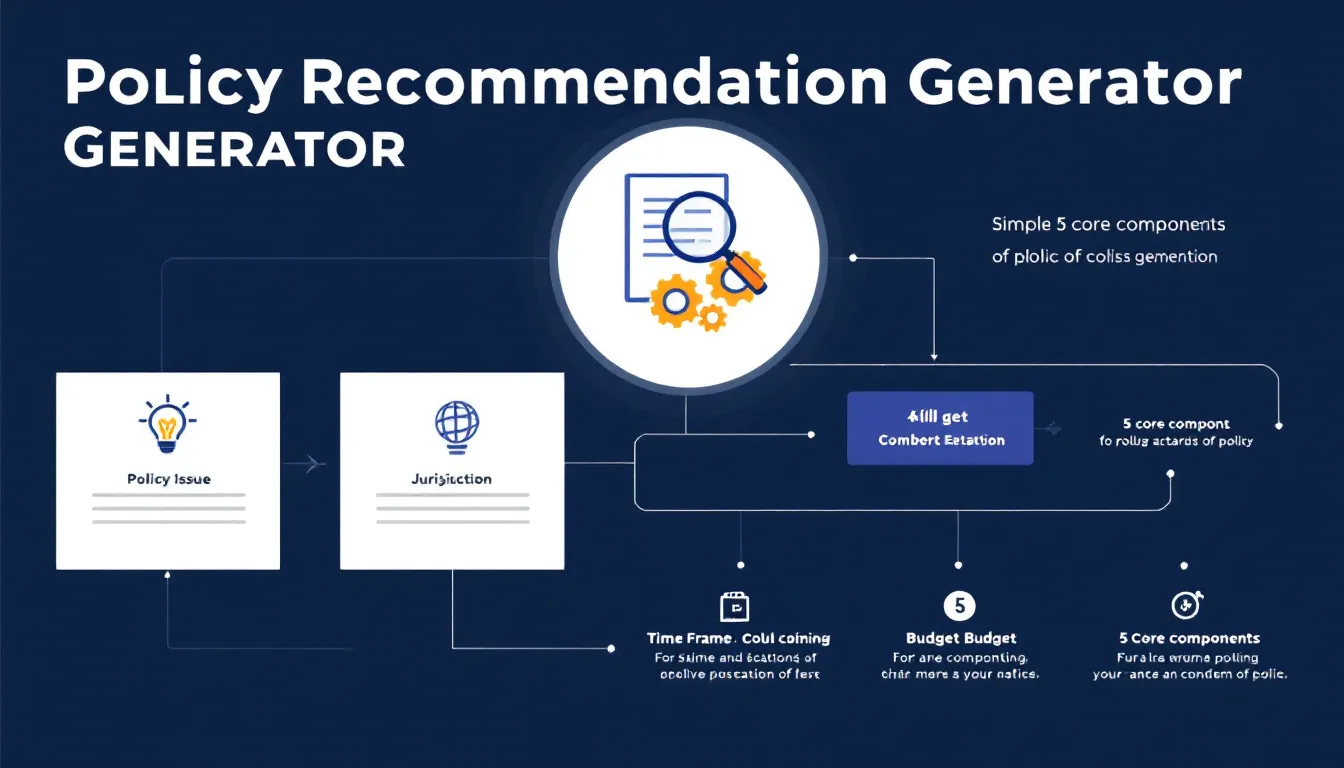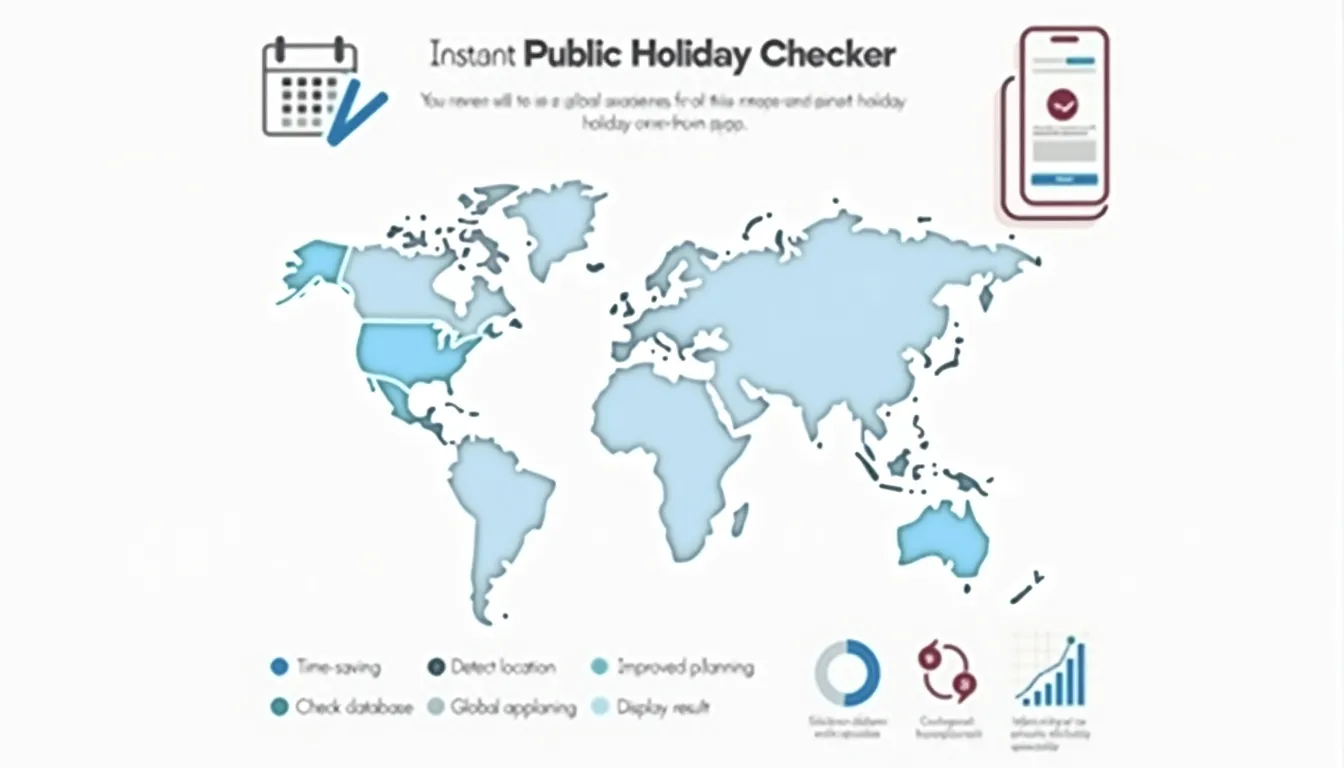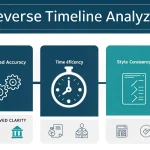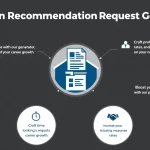Is this tool helpful?
How to Use the Policy Recommendation Tool Effectively
To generate comprehensive policy recommendations using this tool, follow these steps:
- Policy Issue: Enter a detailed description of the policy challenge. Example: “Increasing access to mental health services for rural communities facing provider shortages and transportation barriers” or “Managing coastal erosion and protecting waterfront properties in response to rising sea levels”
- Jurisdiction: Specify the relevant geographic area. Example: “State of Maine, United States” or “Greater Melbourne Metropolitan Area, Australia”
- Time Frame: Input the intended implementation period (optional). Example: “5-year implementation period (2024-2029)” or “18-month pilot program”
- Budget: Include available financial resources (optional). Example: “$25 million annual allocation” or “€150 million total program budget”
Understanding the Policy Recommendation Tool
The Policy Recommendation Tool is an advanced decision support system designed to help policymakers, analysts, and stakeholders develop well-structured, evidence-based policy solutions. By combining comprehensive analysis frameworks with structured decision-making processes, this tool transforms complex policy challenges into actionable recommendations.
Core Components of Policy Analysis
- Stakeholder identification and impact assessment
- Root cause analysis and systemic evaluation
- Policy context and regulatory landscape review
- Options development and feasibility assessment
- Implementation planning and resource allocation
Benefits of Using the Policy Recommendation Tool
1. Structured Decision-Making
The tool guides users through a systematic analysis process, ensuring all crucial aspects of policy development are considered:
- Comprehensive stakeholder analysis
- Evidence-based option evaluation
- Risk assessment and mitigation planning
- Resource allocation optimization
2. Time and Resource Efficiency
Users can significantly reduce the time required for policy development through:
- Streamlined analysis frameworks
- Structured option evaluation
- Automated recommendation formatting
- Integrated best practice guidelines
3. Enhanced Policy Quality
The tool promotes higher-quality policy recommendations by:
- Ensuring comprehensive consideration of factors
- Incorporating evidence-based approaches
- Facilitating systematic evaluation
- Promoting equity and sustainability considerations
Addressing Policy Development Challenges
Example 1: Urban Transportation Policy
Input:
- Policy Issue: Reducing traffic congestion and improving public transportation accessibility in metropolitan areas
- Jurisdiction: Portland, Oregon
- Time Frame: 3 years (2024-2027)
- Budget: $75 million
The tool generates comprehensive recommendations addressing:
- Infrastructure development priorities
- Public transportation expansion strategies
- Traffic management solutions
- Environmental impact considerations
- Community engagement approaches
Example 2: Environmental Conservation
Input:
- Policy Issue: Protecting endangered species habitats while supporting sustainable agriculture
- Jurisdiction: Queensland, Australia
- Time Frame: 4 years (2024-2028)
- Budget: AUD 50 million
Practical Applications and Use Cases
1. Local Government Planning
Municipal authorities use the tool for:
- Zoning policy development
- Public service improvement initiatives
- Community development programs
- Environmental protection measures
2. Healthcare Policy Development
Healthcare administrators utilize the tool for:
- Service accessibility improvement
- Resource allocation optimization
- Quality of care enhancement
- Cost containment strategies
3. Educational Reform
Education policymakers employ the tool for:
- Curriculum development
- Resource distribution planning
- Special education program design
- Teacher training initiatives
Frequently Asked Questions
Q: What types of policy issues can be analyzed using this tool?
A: The tool is designed to address a wide range of policy challenges across various sectors, including healthcare, education, environmental protection, urban planning, economic development, and social services.
Q: How detailed should the policy issue description be?
A: The policy issue description should include key contextual information, main challenges, affected stakeholders, and desired outcomes. More detailed descriptions typically result in more targeted recommendations.
Q: Can the tool handle multiple policy objectives?
A: Yes, the tool can analyze and provide recommendations for complex policy issues with multiple objectives, considering trade-offs and synergies between different goals.
Q: Is specifying a budget necessary?
A: While not mandatory, including budget information helps generate more realistic and implementable recommendations that align with available resources.
Q: Can the tool be used for different jurisdictional levels?
A: Yes, the tool can analyze policy issues at various jurisdictional levels, from local government to national and international scales.
Q: How can I make the most of the tool’s recommendations?
A: Review the generated recommendations thoroughly, consider them within your specific context, and use them as a foundation for further discussion and refinement with stakeholders.
Q: Can the tool analyze cross-sector policy issues?
A: Yes, the tool is designed to handle complex, cross-sector policy challenges that require coordinated responses across multiple domains.
Q: How should I approach time-sensitive policy issues?
A: Include specific timeframes and urgency considerations in your policy issue description to receive recommendations that account for temporal constraints and prioritization needs.
Important Disclaimer
The calculations, results, and content provided by our tools are not guaranteed to be accurate, complete, or reliable. Users are responsible for verifying and interpreting the results. Our content and tools may contain errors, biases, or inconsistencies. We reserve the right to save inputs and outputs from our tools for the purposes of error debugging, bias identification, and performance improvement. External companies providing AI models used in our tools may also save and process data in accordance with their own policies. By using our tools, you consent to this data collection and processing. We reserve the right to limit the usage of our tools based on current usability factors. By using our tools, you acknowledge that you have read, understood, and agreed to this disclaimer. You accept the inherent risks and limitations associated with the use of our tools and services.







